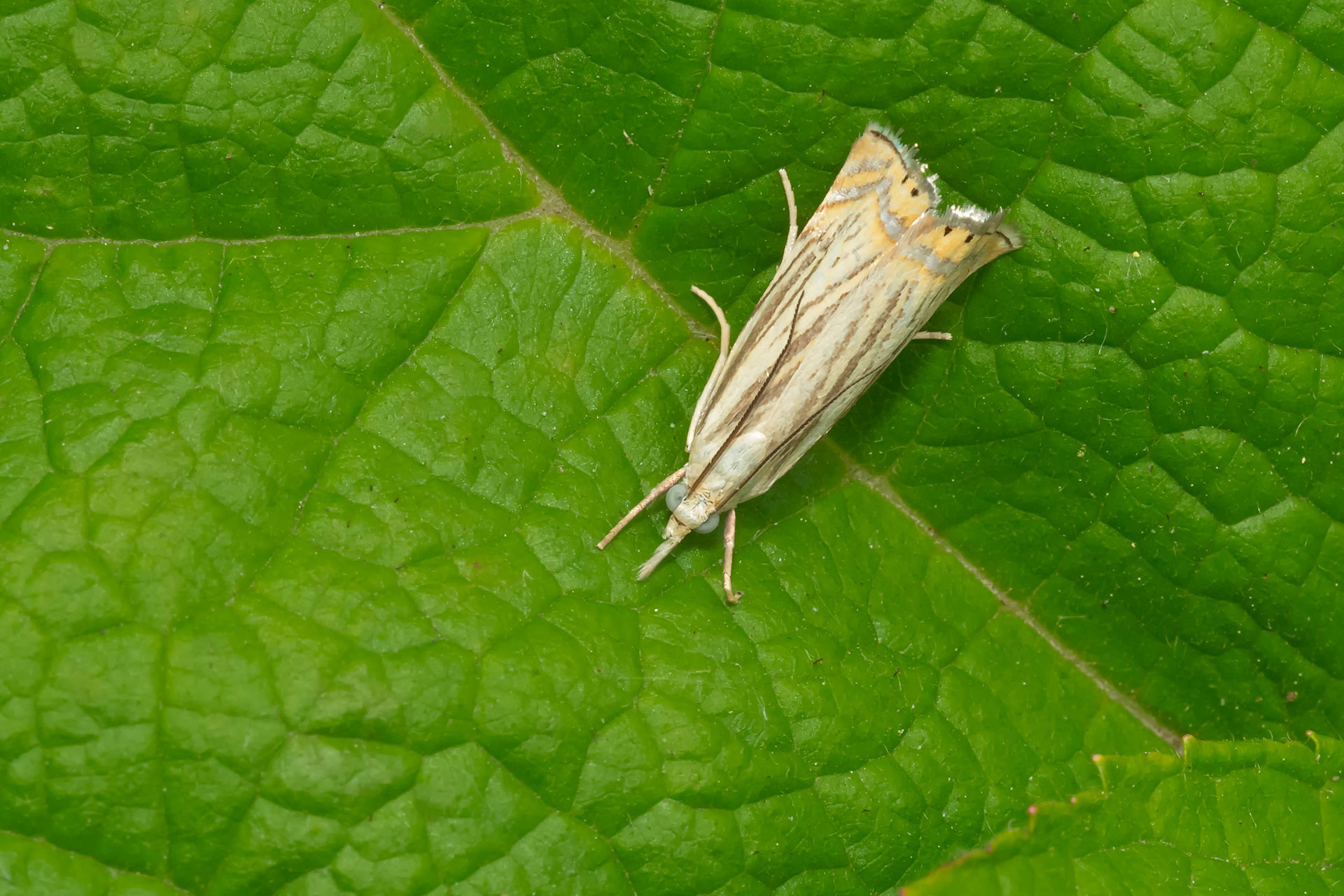Have you ever cut your grass and watched a ton of moths fly away? You’re likely seeing signs of sod webworms infesting your lawn.

What Are Sod Webworms?
There are several species of caterpillars called sod webworms, also known as lawn moths, that can be highly destructive to lawns by devouring the blades of grass. Damage to grass is caused by the feeding of the larval or “worm” stage. The adult moth does not cause damage to turf, other plants or clothing. The damage caused by sod webworms may first appear in early spring. The damage shows up as small dead patches of grass among the normally growing grass. The summer generation may cause general turf thinning or even irregular dead patches in late June into early August.
Where Sod Webworms Can Appear
Sod webworms prefer sunny areas and the larvae are often found on south-facing, steep slopes and banks, where it is hot and dry. Heavily shaded turf is seldom attacked by the larvae. The most severe damage usually shows up in July and August when the temperature is hot and the grass is not growing vigorously.
Rainfall can also have an effect on sod webworm activity. On one hand, it can create a moist environment that is conducive to the growth and survival of these pests. On the other hand, heavy rain has the potential to disrupt their life cycle by washing away the eggs and larvae, or inundating their habitat, thereby reducing their numbers.
However, it’s crucial to remember that rain alone cannot provide a comprehensive solution to sod webworm infestations. A well-rounded pest management strategy is essential to effectively control and prevent these pests.
Contact Royal Pest Services
If you have Sod Webworms causing damage to your home or business in Jacksonville or the surrounding North Florida area contact us at Royal Pest Services for quick, quality Sod Webworms services.

